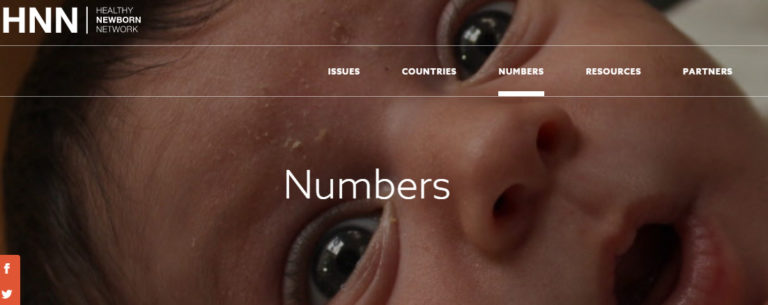By: Erica Corbett and Steve Wall
In the years since the last Newborn Numbers update much has changed in the landscape for maternal and newborn health. While there have been some advances – newborn deaths fell from 2.5 million in 2018 to 2.4 million in 2020, and both early initiation of breastfeeding and exclusive breastfeeding to 6 months increased in coverage – many mortality numbers remain inexcusably high and inequitable. According to the United Nations Inter-agency Group for Child Mortality Estimation (UNIGME) Report, Levels and Trends in Child Mortality, released in late 2021, the world remains significantly off track to meet the Sustainable Development Goals (SDGs) for ending preventable deaths. Certainly, women and their babies have continued to face the same challenges they have for decades, and this has been further exacerbated by issues arising out the global COVID-19 pandemic. Due to global data lags, we are still not seeing the full effect of COVID-19 on maternal, newborn and child health and survival, but we are aware that service disruptions have had a significant impact, with childhood immunization rates falling across the board and antenatal care coverage (4 visits) diminishing from 65% in 2018 to 59% in 2020.
In early 2020, Every Newborn launched their interim goals, targets and milestones for 2025 developed to help more countries move faster towards reaching the SDG targets by 2030. This has only become more important with the added pressure from the global pandemic on underfunded health and data collection systems. Four coverage targets and nine milestones have been proposed to help countries ensure that recent progress is not further eroded by crises such as COVID-19. However, this cannot be done without access to the most recent data to track individual country progress towards the global SDG goals. Healthy Newborn Network’s Newborn Numbers has been updated with the latest data to help guide country and regional policies, planning, and implementation of life saving interventions to avert preventable newborn and maternal deaths, and stillbirths. Additionally, the mega excel which is available for download at HNN Newborn Numbers, has also added two indicators showing whether each country is on track, or not, to reach the SDG newborn mortality target and the Every Newborn Action Plan Stillbirth target.
Effective monitoring and use of that data for strengthening policies and service delivery greatly impact the achievement of SDGs and thus, countries have been supported by partners and key stakeholders to gather critical data at the local, regional and national levels. However, statistics are not enough; to understand where we are and where we need to go, we need our data to tell us stories – we need interactive and engaging data. The Newborn Numbers page houses a comprehensive and engaging database that can be downloaded with an extensive list of indicators for 197 countries. HNN’s interactive chart builder tool also allows users to easily and quickly visualize the country data by making graphs with over 50 newborn-related indicators. Additionally, the multi-dimensional functionality of the tool makes it easy to select multiple indicators and countries. We invite users to explore the Excel database and associated tools to create their own graphs and engage with the narratives and stories told by the data.
